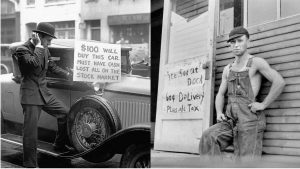What going to the doctors was like in the 1800s
Imagine stepping into a world where modern medical conveniences are mere dreams. The 1800s were a time of medical marvels and mishaps, where healthcare was a curious mix of science and superstition.
Doctors were both revered and feared, as they navigated through a plethora of challenges with limited knowledge and resources. This era laid the groundwork for many advancements we benefit from today, making it a fascinating period to explore.
The Role of a Doctor in the 19th Century
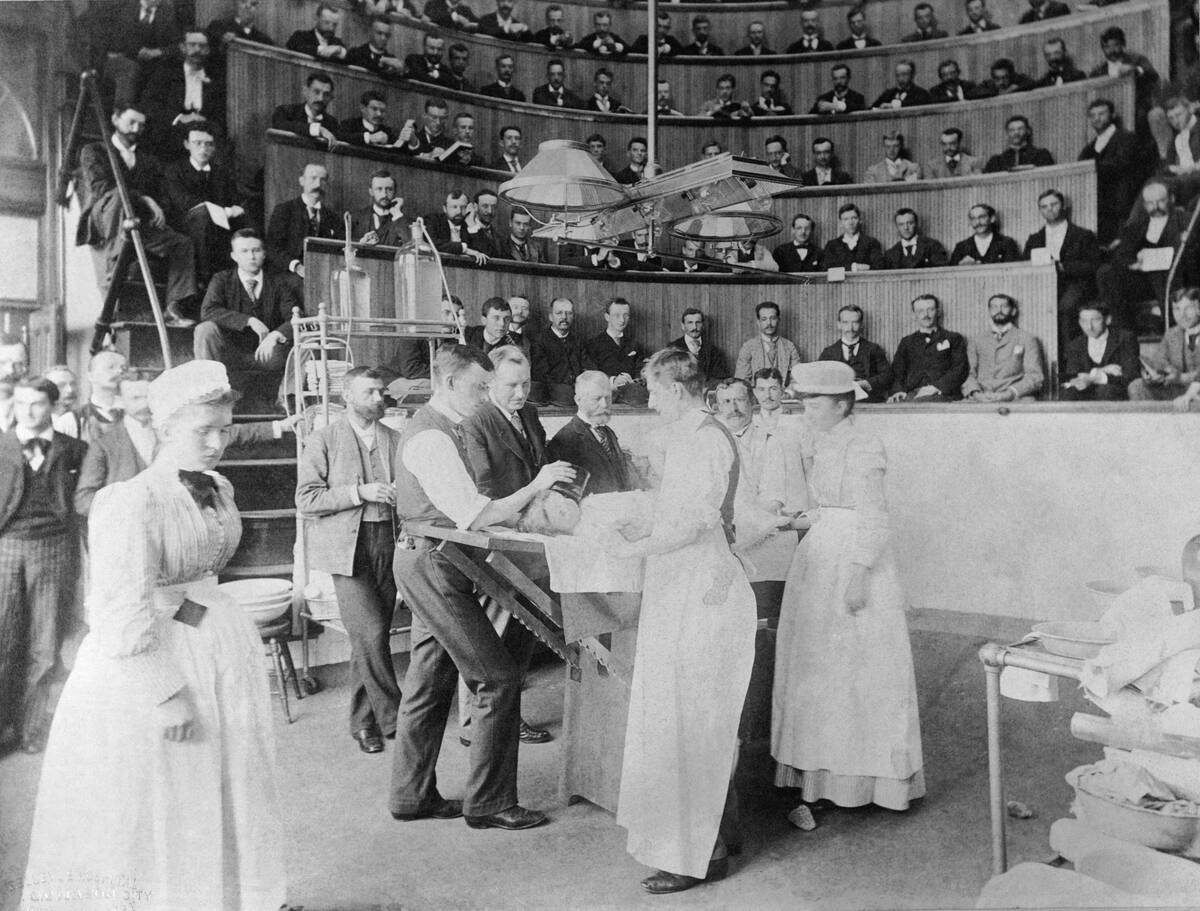
Doctors in the 1800s wore many hats, often acting as surgeons, pharmacists, and general practitioners all at once. With no formal specialization, they treated everything from broken bones to fevers.
House calls were a regular part of the job, as many people lived in rural areas without easy access to medical facilities. This multifaceted role required resilience and adaptability, as doctors were seen as community pillars who provided comfort and care.
Training and Education: Becoming a Doctor in the 1800s
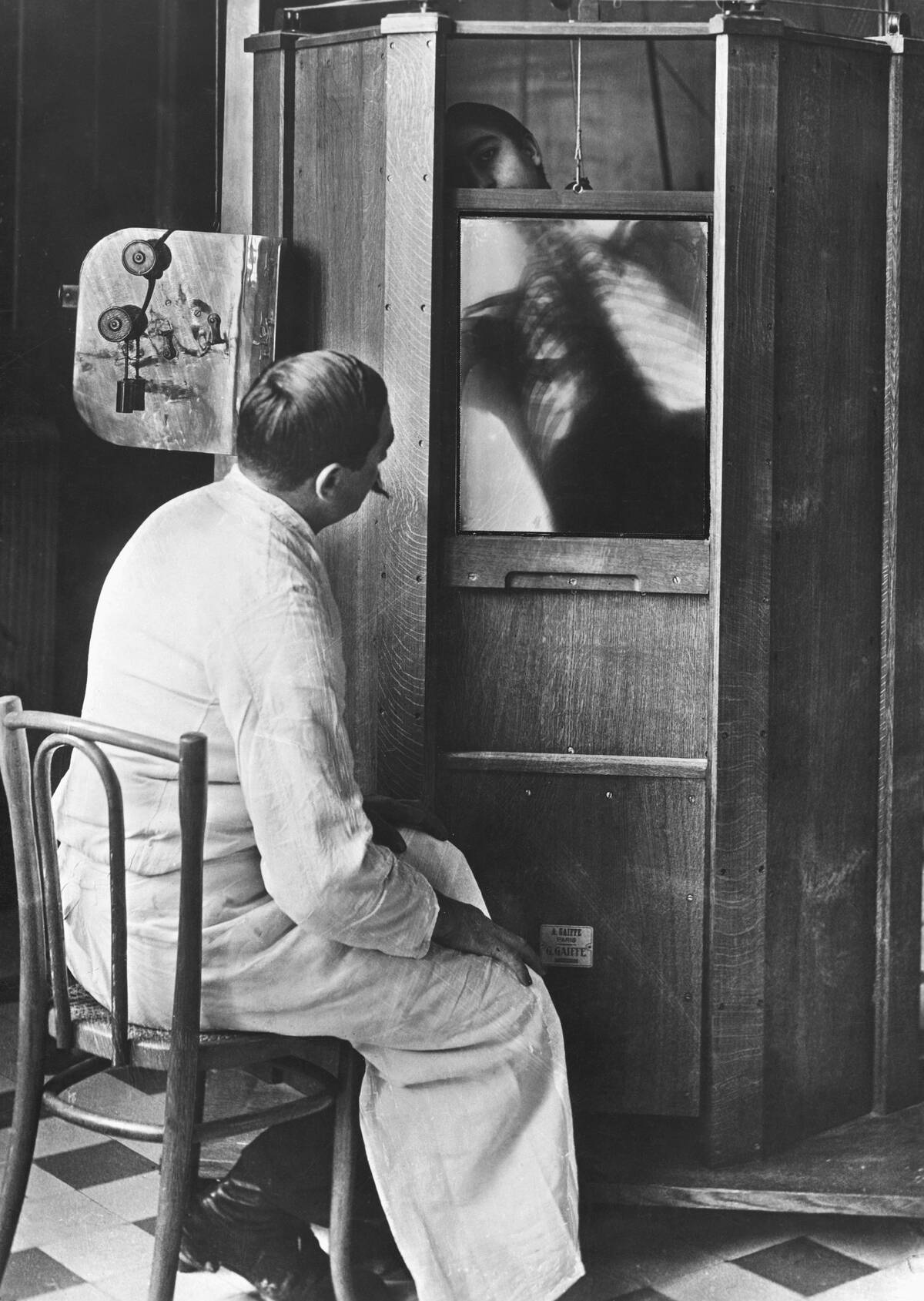
Becoming a doctor in the 19th century was a far cry from today’s rigorous medical training. Many physicians learned through apprenticeships, shadowing experienced doctors to gain practical skills.
Medical schools existed, but they were often unregulated and varied widely in quality. Some students even traveled to Europe for more advanced education. Despite these challenges, the passion for healing drove many to pursue this noble yet demanding profession.
The Ambience of a 19th-Century Doctor’s Office
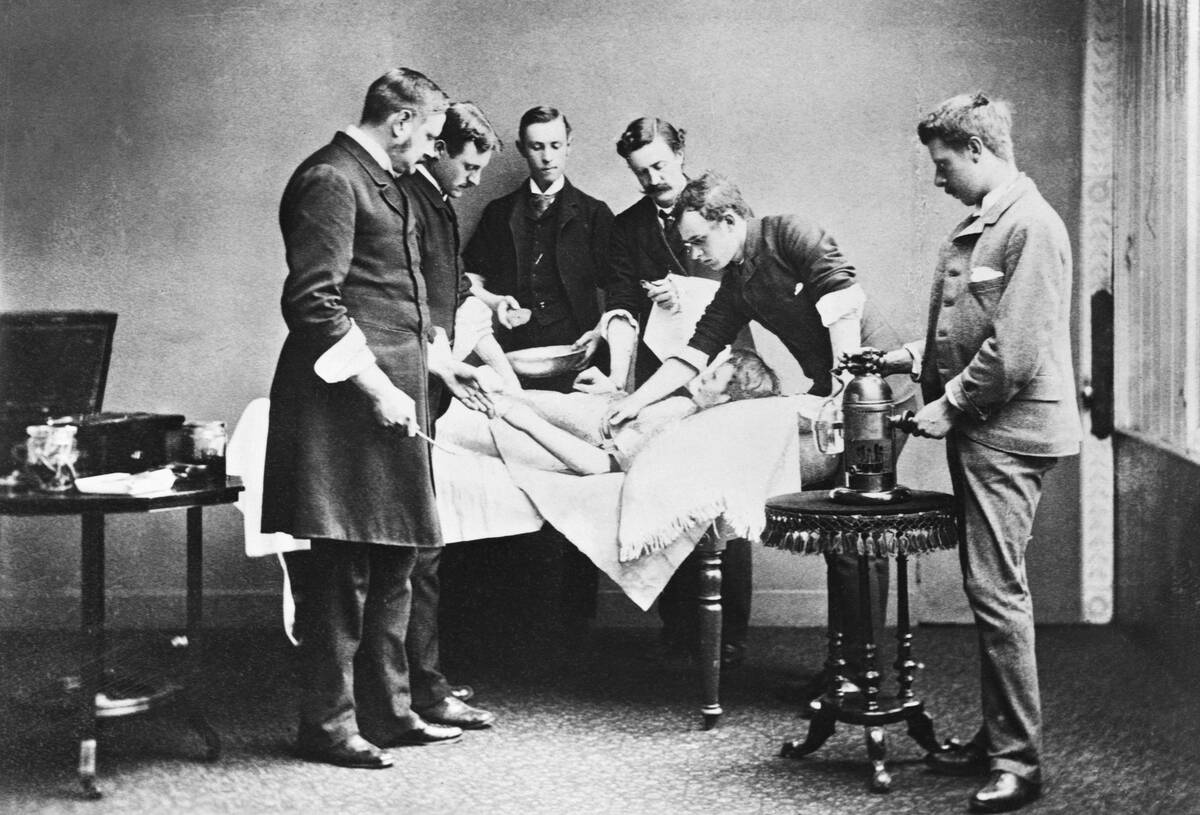
Stepping into a 19th-century doctor’s office was like entering a realm of mystery and intrigue. These offices were often located in the doctor’s home, with shelves lined with medical books, tinctures, and curious instruments.
The scent of herbs and medicines filled the air, creating an atmosphere that was both calming and intimidating. Patients would often sit in waiting rooms that doubled as libraries, reflecting the doctor’s commitment to knowledge and healing.
Common Ailments and Their Perceptions
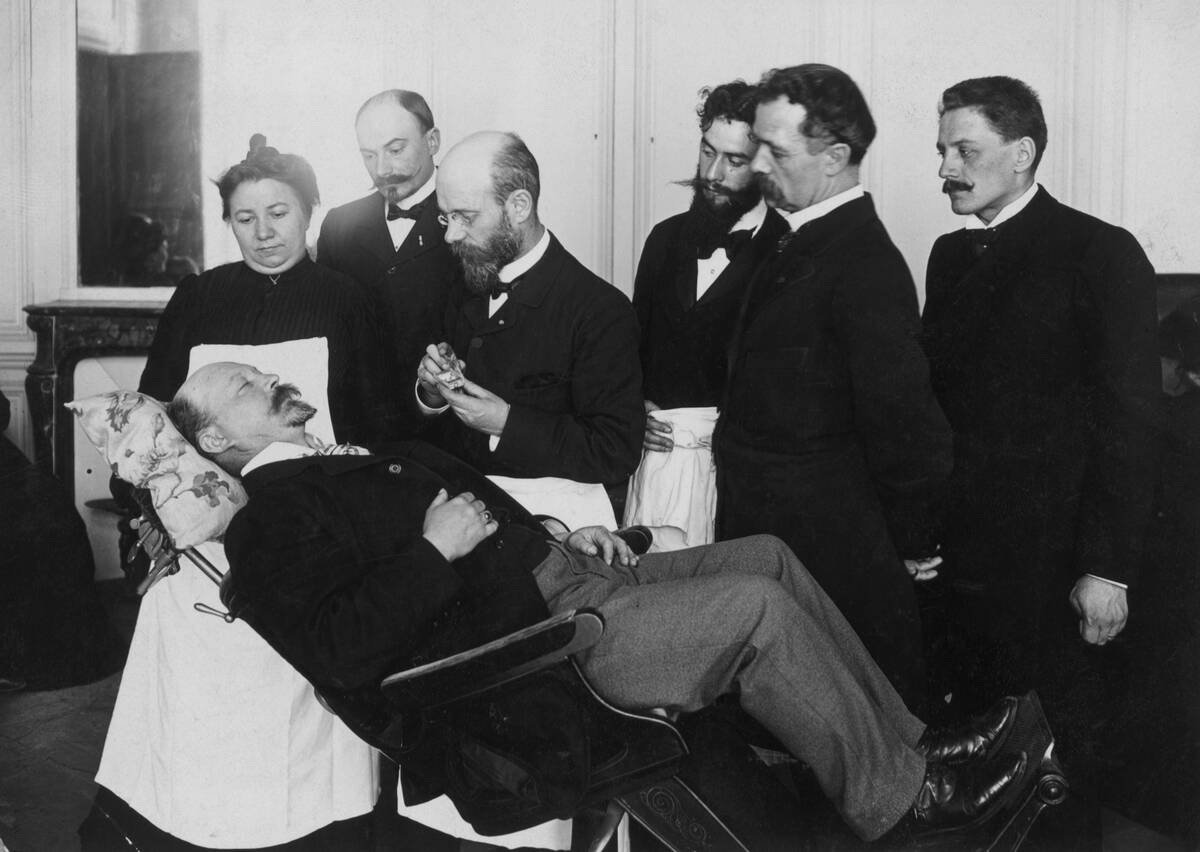
In the 1800s, common ailments included tuberculosis, pneumonia, and cholera, often referred to as “consumption,” “fever,” and “the grippe.” These conditions were poorly understood, leading to a variety of treatments based on trial and error.
Malaria was rampant, with quinine being the only effective treatment known at the time. The lack of antibiotics meant that even minor infections could become life-threatening, adding to the sense of urgency in medical practice.
Diagnostic Techniques: Guesswork and Gumption
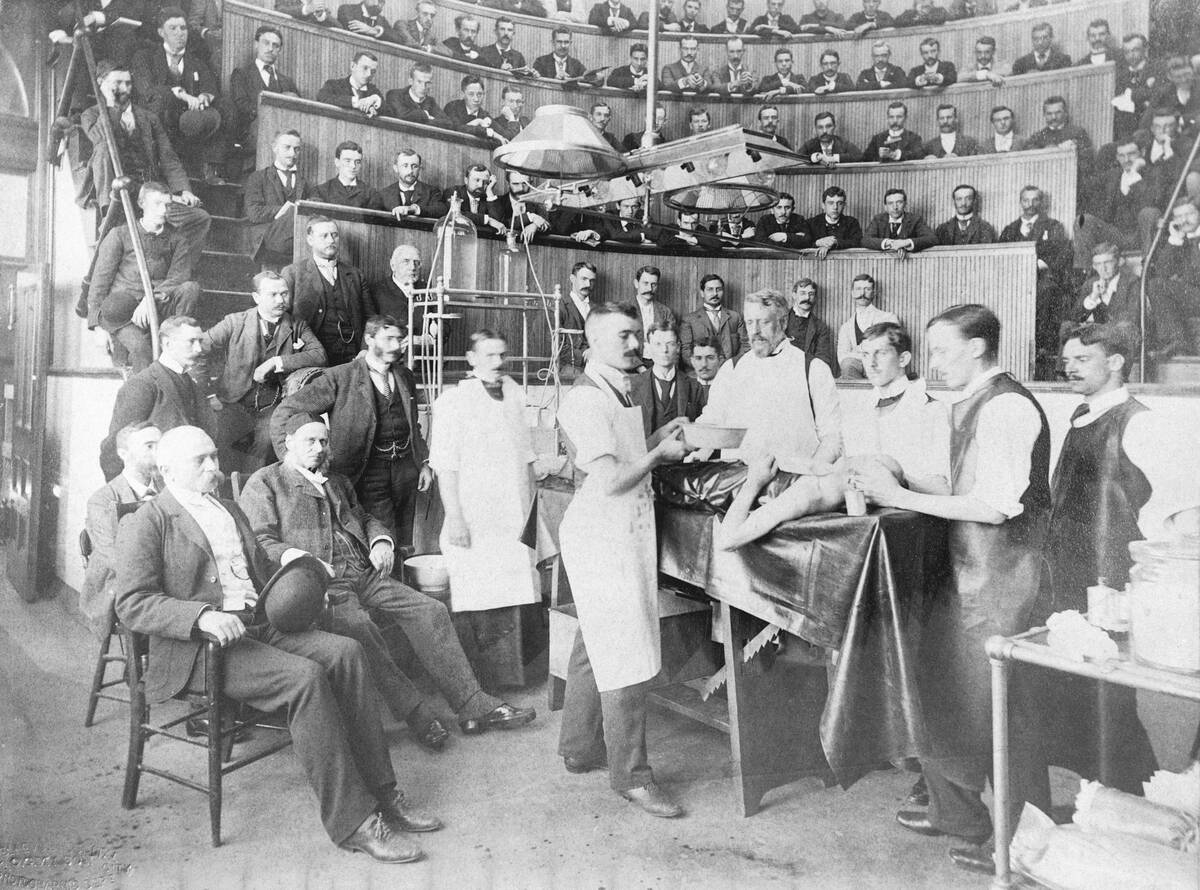
Diagnosing illnesses in the 1800s involved a fair amount of guesswork and intuition. Doctors relied heavily on patient descriptions and physical examinations, as diagnostic tools were primitive.
The stethoscope, invented in 1816, was a groundbreaking tool that allowed doctors to listen to the heart and lungs more effectively. Despite these limitations, physicians used their keen observational skills and experience to make educated guesses about their patients’ conditions.
Quirky Medical Instruments of the 1800s
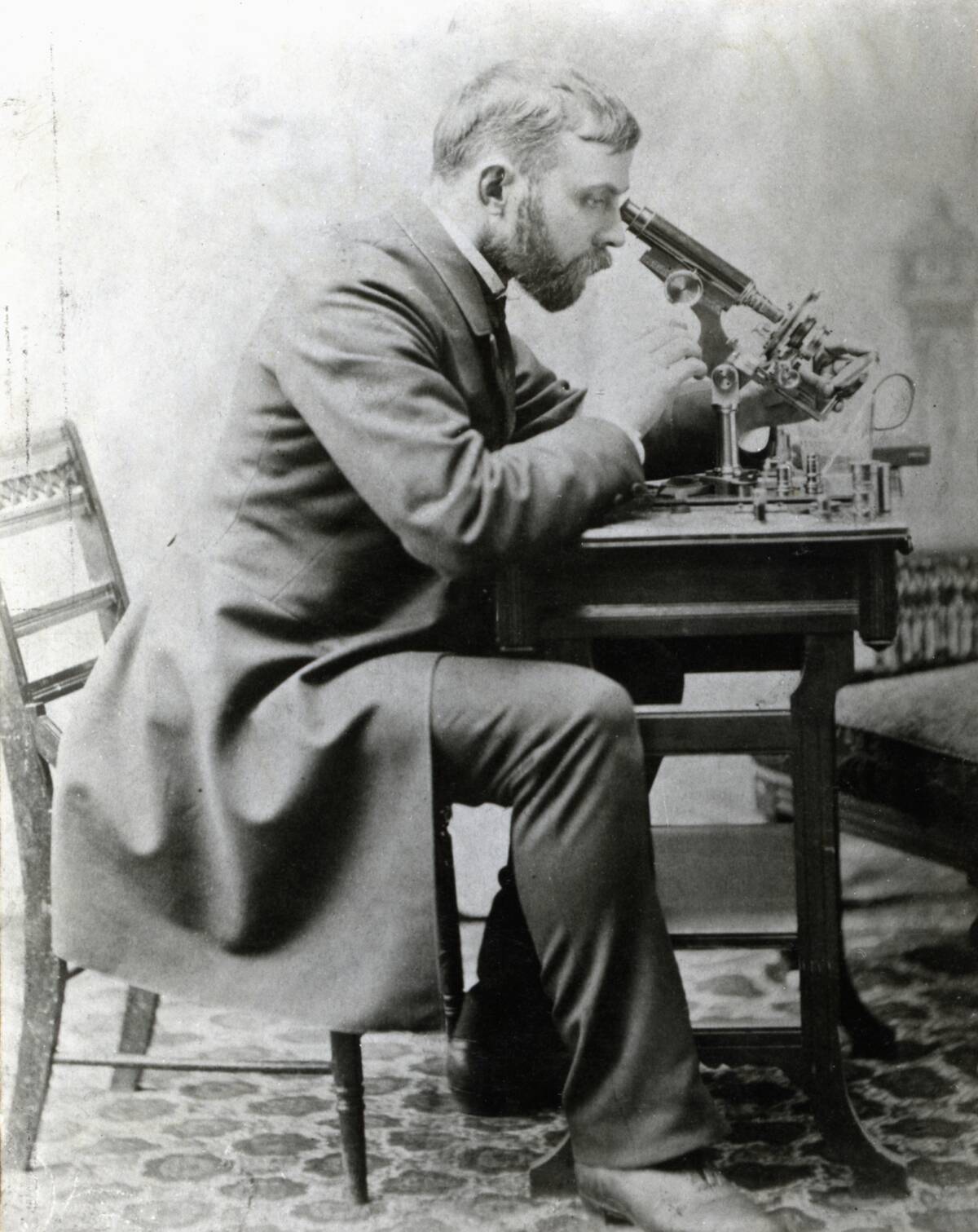
The 19th century saw the use of some truly peculiar medical instruments. Bleeding bowls and lancets were commonly used for bloodletting, believed to balance the body’s humors.
The scarificator, a device with multiple blades, was used to make superficial cuts for cupping therapy. These instruments, though bizarre by today’s standards, were vital tools in the doctor’s arsenal, reflecting the era’s unique approach to healing and medicine.
The Art of Bloodletting: A Popular 19th-Century Practice
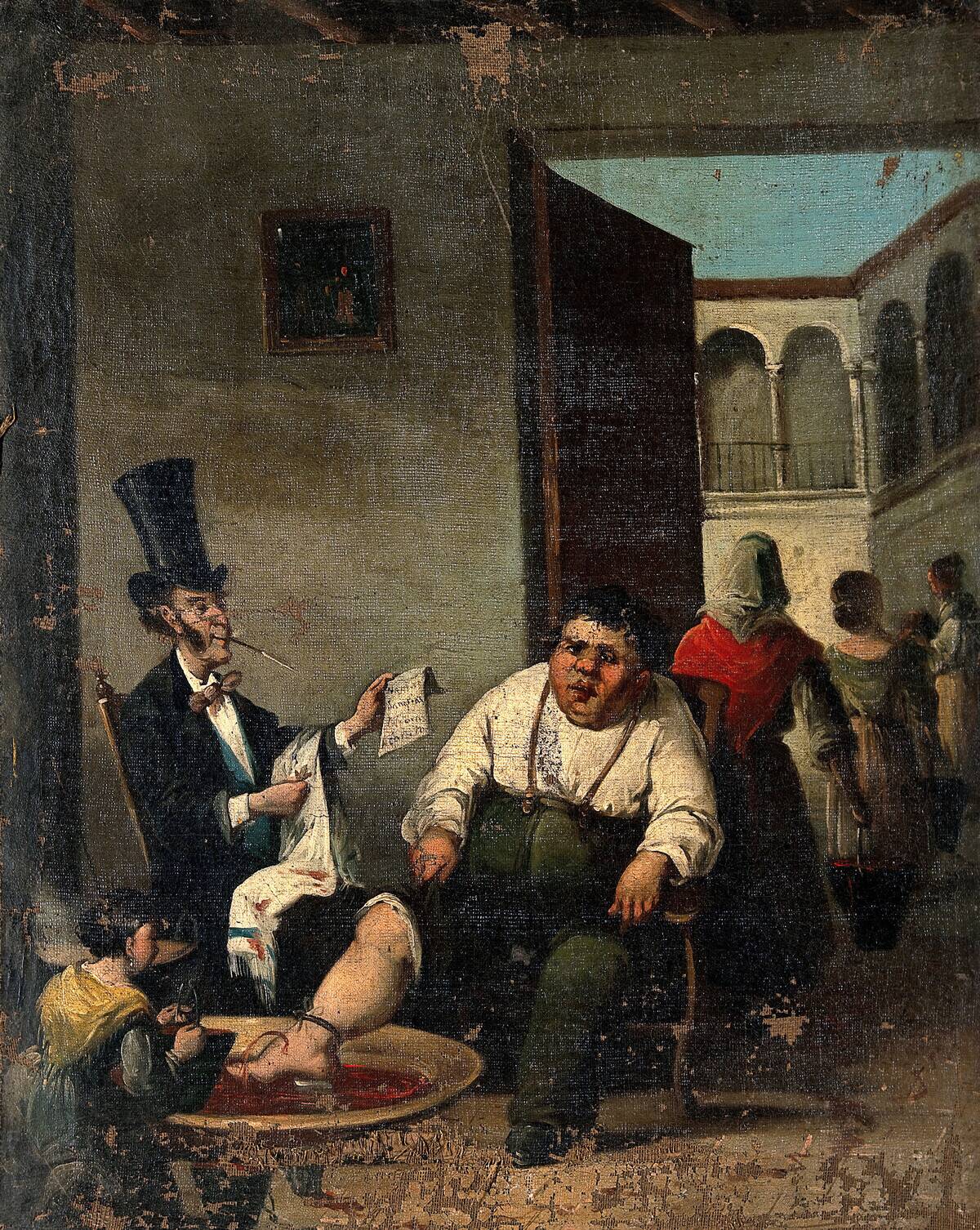
Bloodletting was a widespread practice in the 1800s, rooted in the ancient belief that it could cure or prevent illnesses by balancing bodily fluids. Leeches were often used, particularly in Europe, to draw blood from patients.
Despite its popularity, the effectiveness of bloodletting was questionable, and it sometimes did more harm than good. As medical knowledge advanced, this practice fell out of favor, but it remains a fascinating example of historical medical practices.
Apothecaries and the Medicine Cabinet of the Time
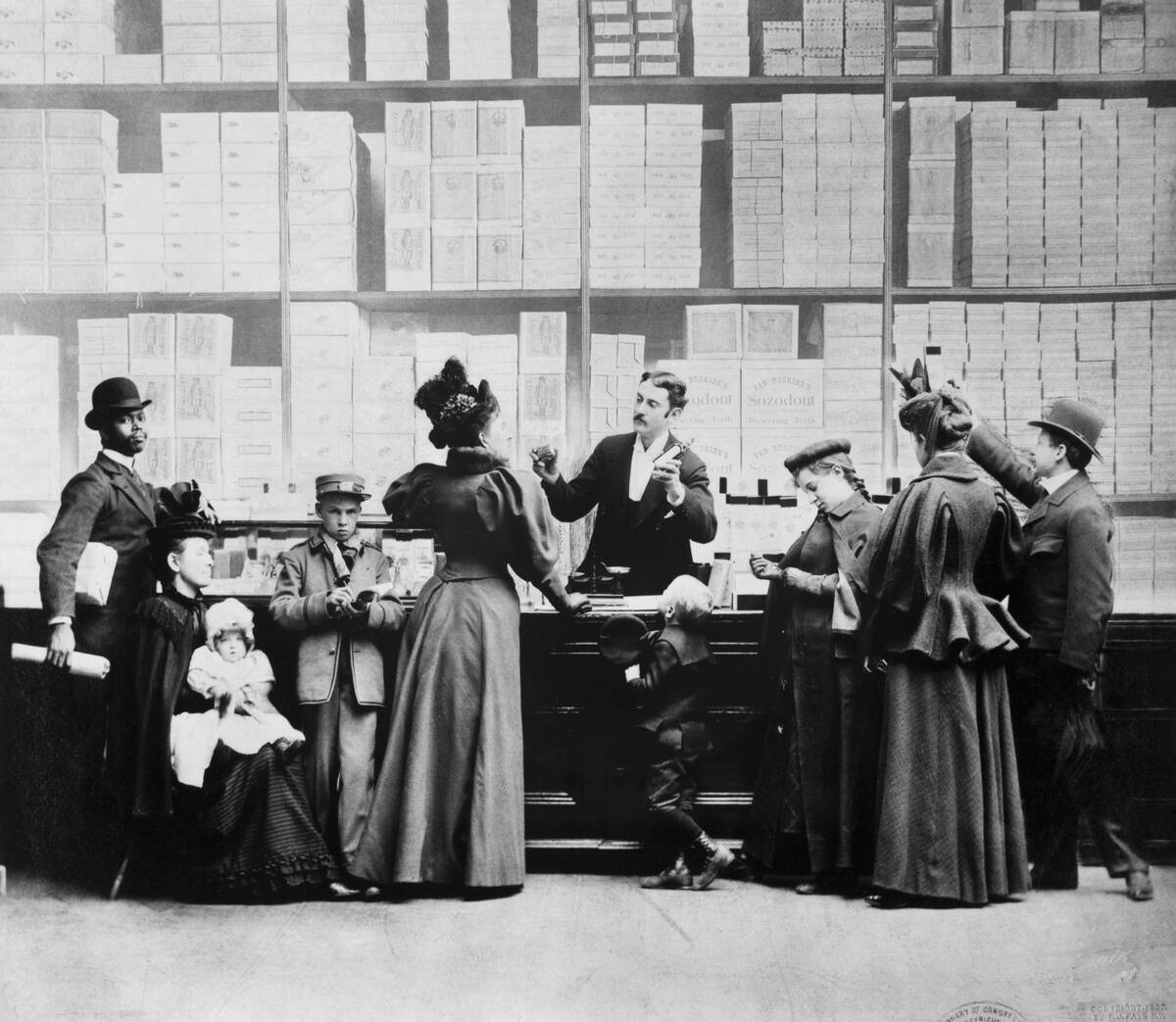
Apothecaries were the pharmacists of the 19th century, providing a range of remedies and potions for various ailments. Their shops were stocked with herbs, minerals, and animal products, creating a colorful array of treatments.
Many of the medicines were based on traditional knowledge, with ingredients like opium, mercury, and arsenic being used for their supposed healing properties. Despite the lack of scientific backing, apothecaries played a crucial role in community health.
Surgery Before Anesthesia: A Brave Undertaking
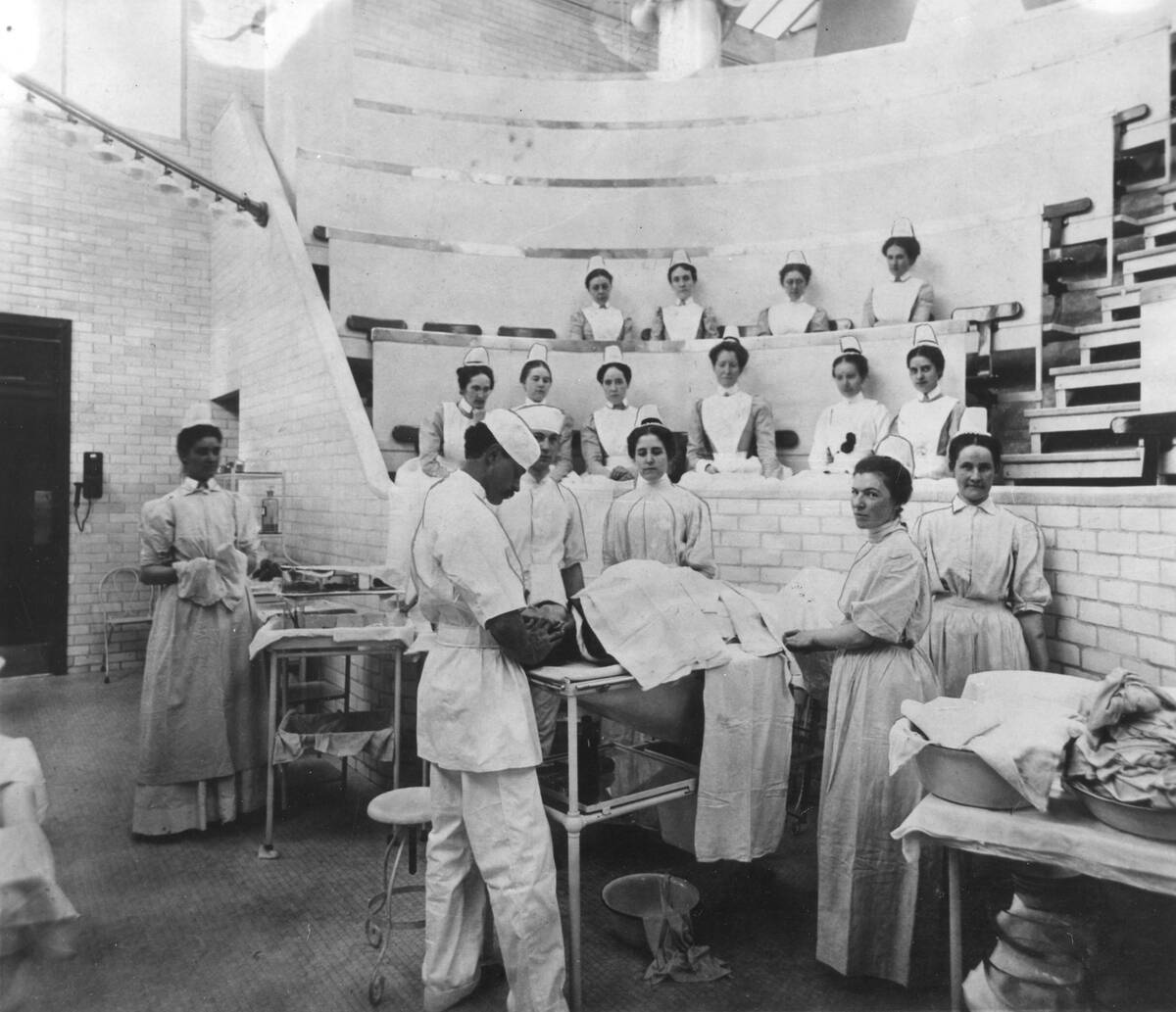
Surgery in the 1800s was not for the faint of heart. Before the advent of anesthesia, patients underwent operations while fully conscious, relying solely on alcohol or opiates for pain relief. Speed was of the essence, as surgeons honed their skills to minimize suffering.
The introduction of ether in 1846 revolutionized surgery, providing much-needed relief for patients and allowing surgeons to perform more complex procedures with greater precision and care.
The Advent of Germ Theory: A Turning Point
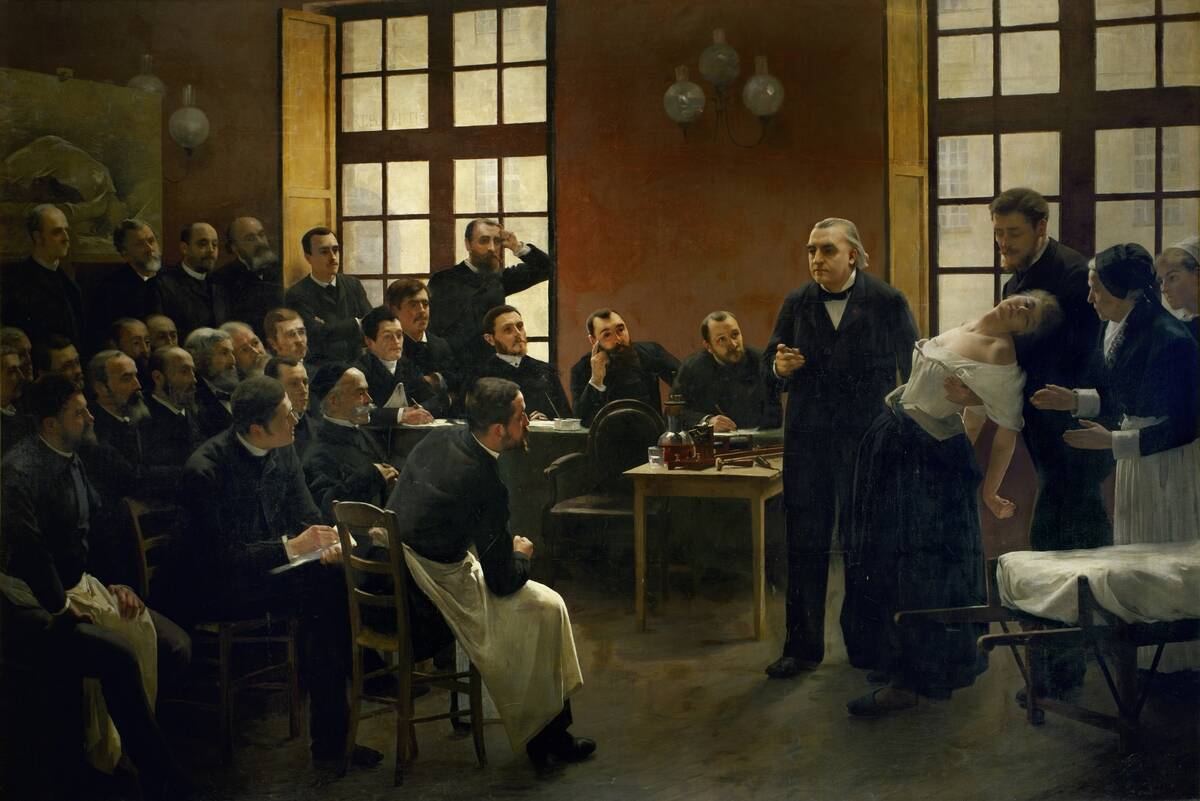
The 19th century witnessed a seismic shift in medical understanding with the advent of germ theory. Pioneered by scientists like Louis Pasteur and Robert Koch, this theory posited that microorganisms were the cause of many diseases.
This groundbreaking discovery challenged the prevailing miasma theory and led to significant improvements in hygiene and public health. Germ theory laid the foundation for modern medicine, transforming both the diagnosis and treatment of infectious diseases.
House Calls: Doctors on the Move
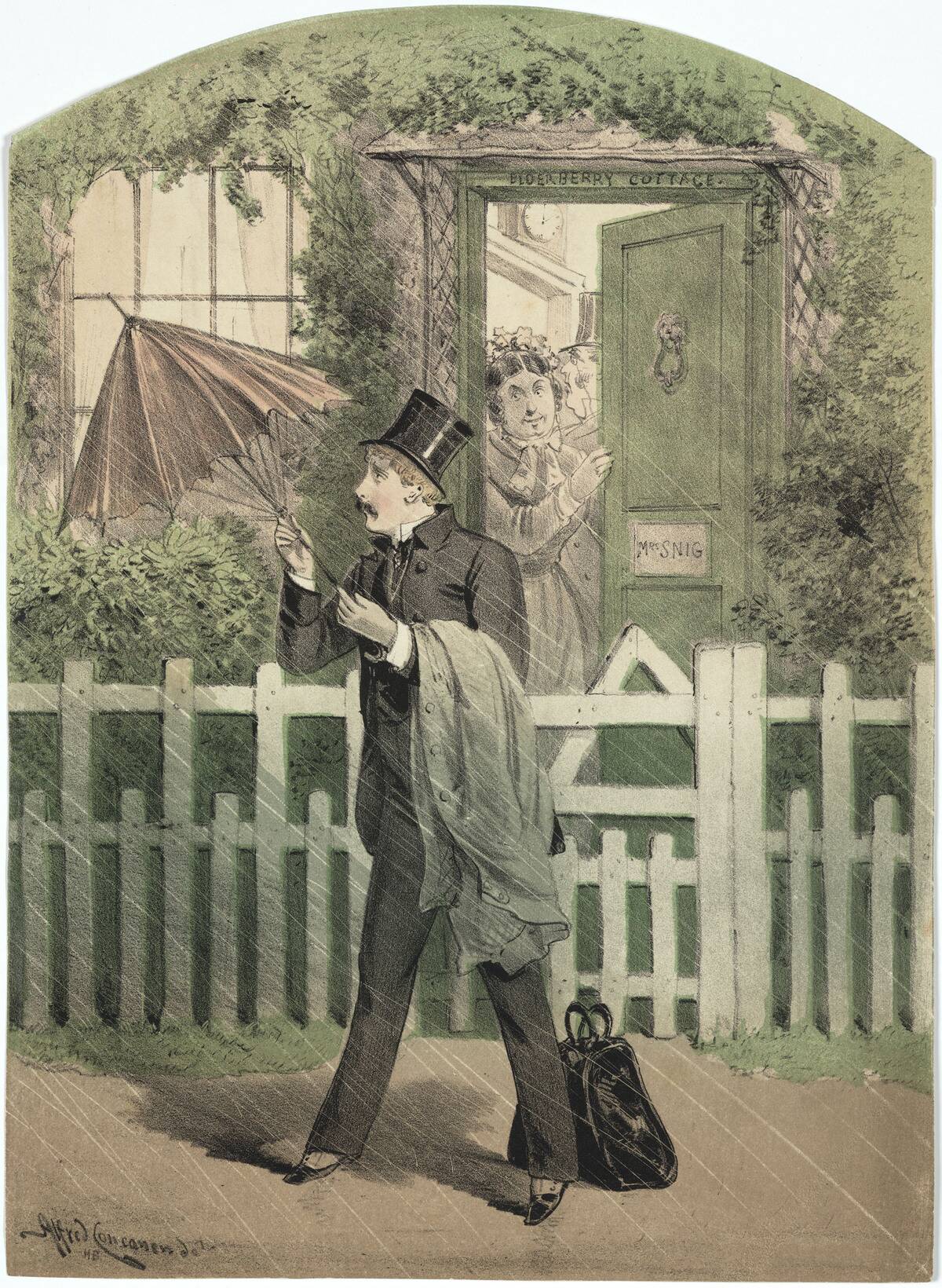
House calls were a hallmark of 19th-century medical practice, with doctors traveling long distances to visit patients at home. These visits often involved navigating rough terrain and harsh weather conditions, showcasing the dedication of physicians to their communities.
House calls allowed doctors to provide personalized care and build strong relationships with their patients, fostering trust and understanding. This practice, though less common today, remains a nostalgic reminder of a more personalized approach to medicine.
Women in Medicine: Breaking Barriers in the 19th Century
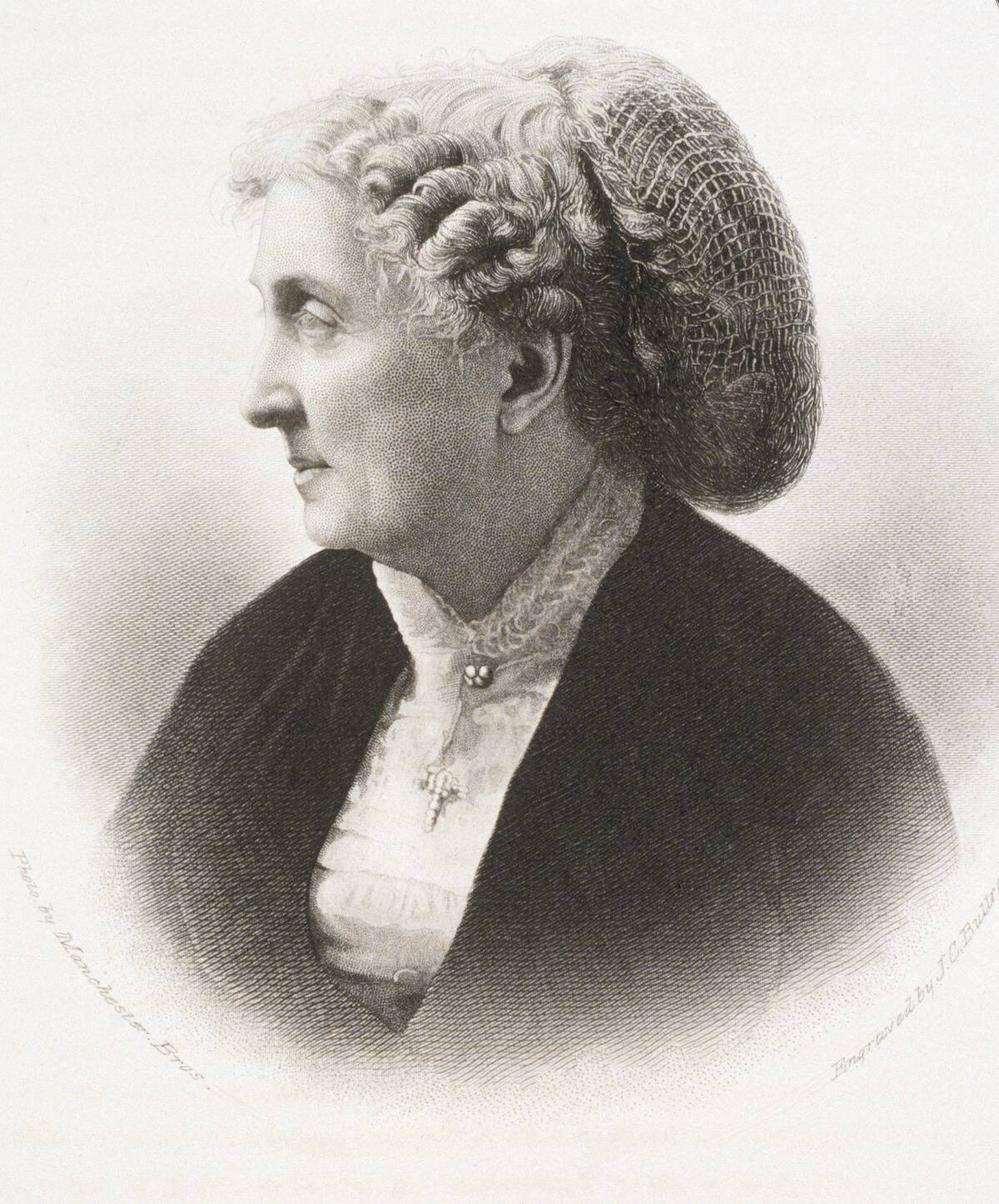
The 19th century saw pioneering women breaking barriers in the field of medicine. Elizabeth Blackwell became the first woman to receive a medical degree in the United States in 1849, paving the way for future generations.
Despite facing significant opposition, women like Florence Nightingale and Clara Barton made substantial contributions to nursing and public health. Their determination and resilience challenged societal norms, gradually shifting perceptions and opening doors for women in medicine.
The Role of Folk Medicine and Home Remedies
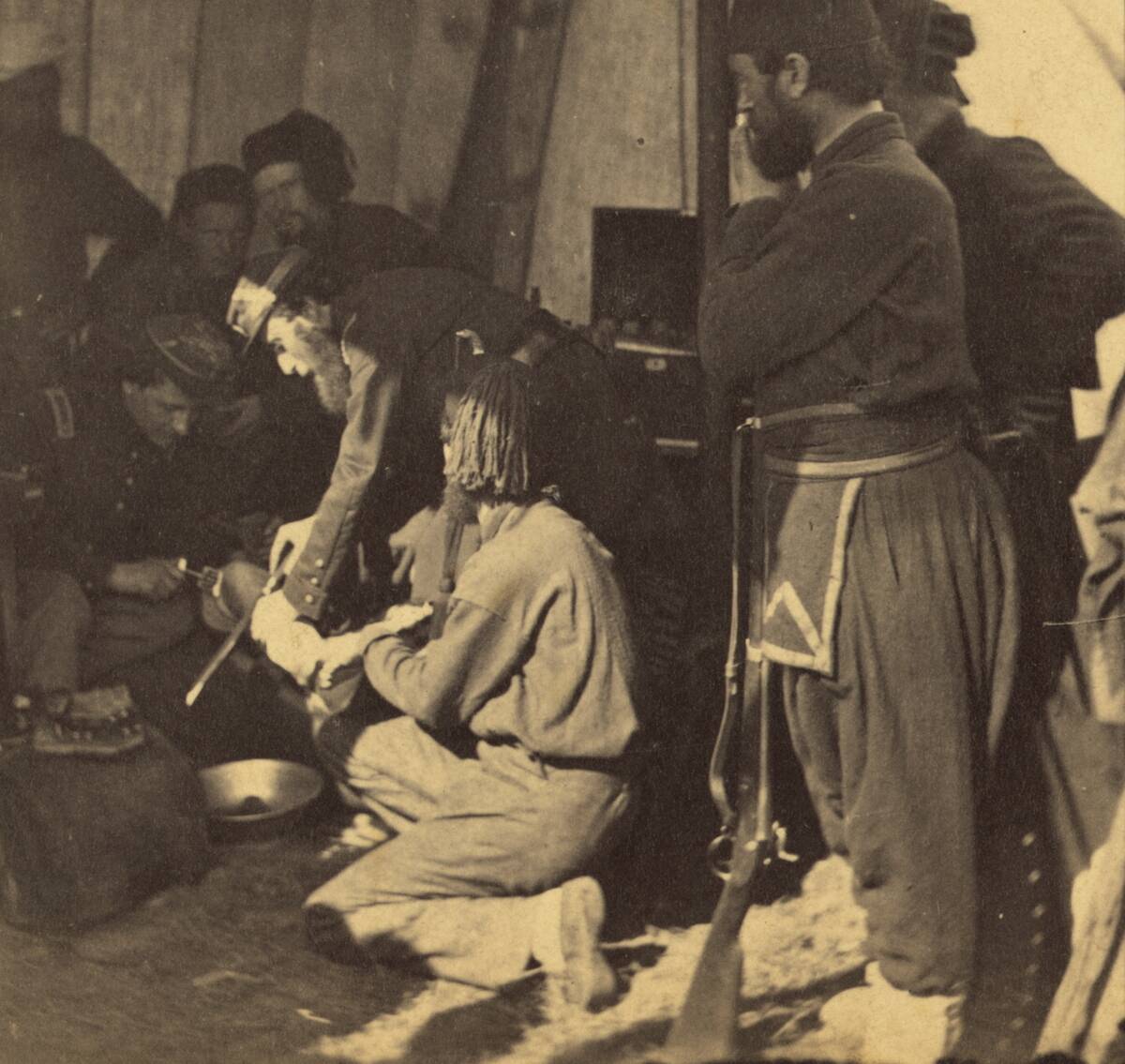
Folk medicine and home remedies were integral to 19th-century healthcare, especially in rural areas. People relied on traditional knowledge passed down through generations, using herbs, poultices, and teas to treat ailments.
Remedies like willow bark for pain relief, which contains salicin, a precursor to aspirin, were common. While some treatments were effective, others were based on superstition, reflecting a blend of wisdom and whimsy in the era’s medical practices.
Sanitization and Hygiene Practices of the Era
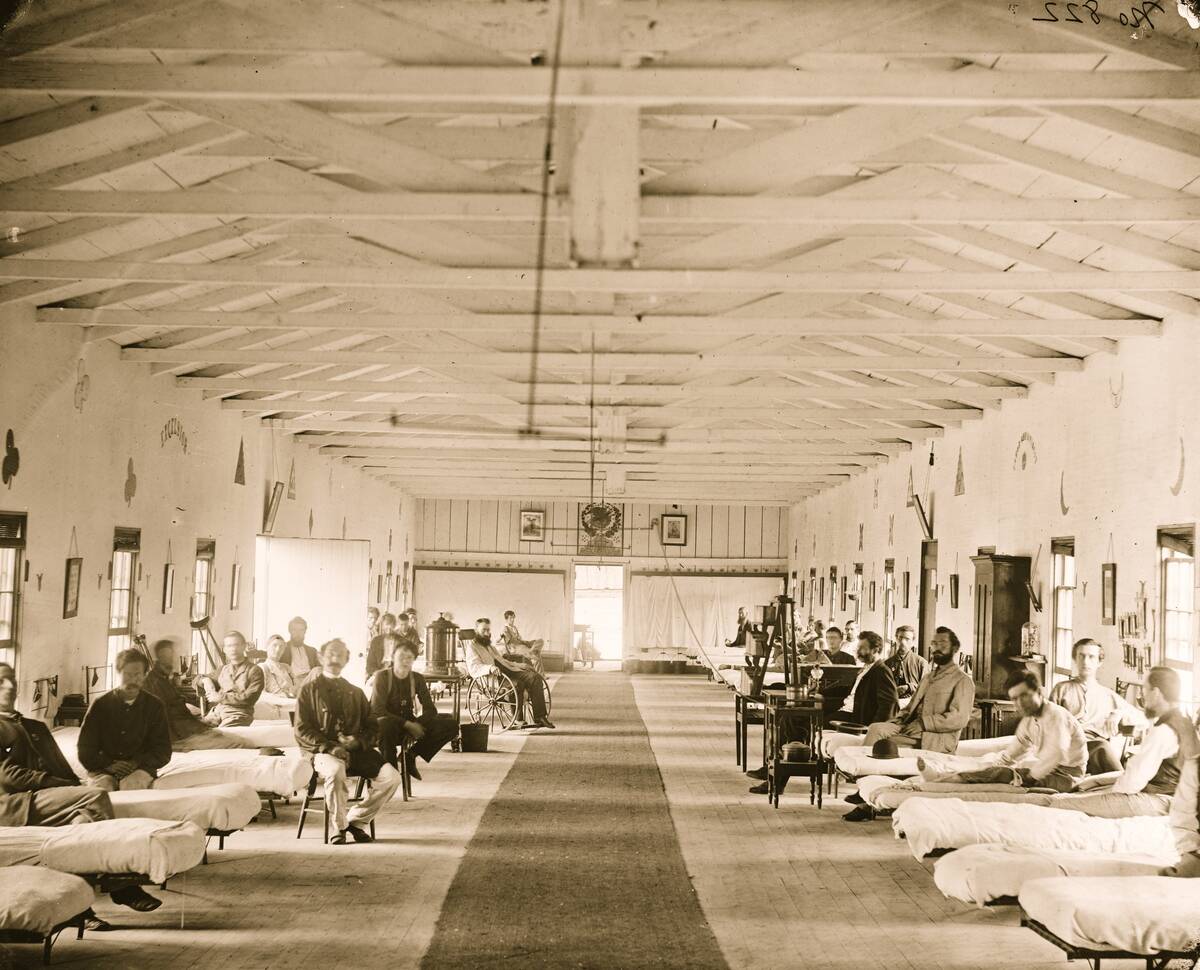
Hygiene practices in the 1800s left much to be desired, contributing to the spread of diseases. The importance of cleanliness in preventing illness was not widely understood until the late 19th century.
Surgeons often operated in unsanitary conditions, using unsterilized instruments. The work of figures like Florence Nightingale, who advocated for cleanliness in hospitals, and Joseph Lister, who promoted antiseptic surgery, marked a turning point in improving hygiene and reducing infection rates.
The Rise of Medical Schools and Professionalization
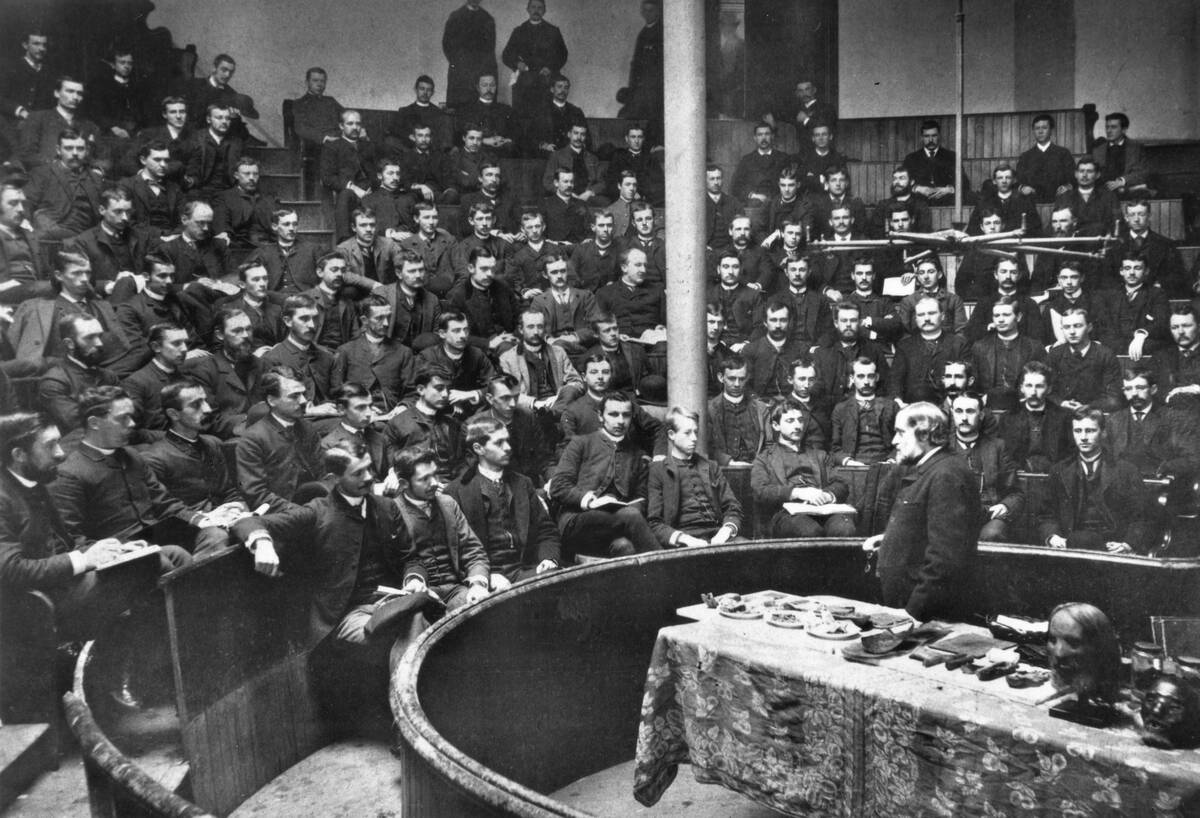
The 19th century witnessed the rise of medical schools and the professionalization of medicine. Institutions like Johns Hopkins and Harvard introduced more structured curricula, emphasizing scientific research and clinical training.
This shift helped standardize medical education, improving the quality and consistency of care. The establishment of medical boards and licensing further legitimized the profession, enhancing public trust and laying the groundwork for modern medical practice.
The Influence of Quackery and Patent Medicines
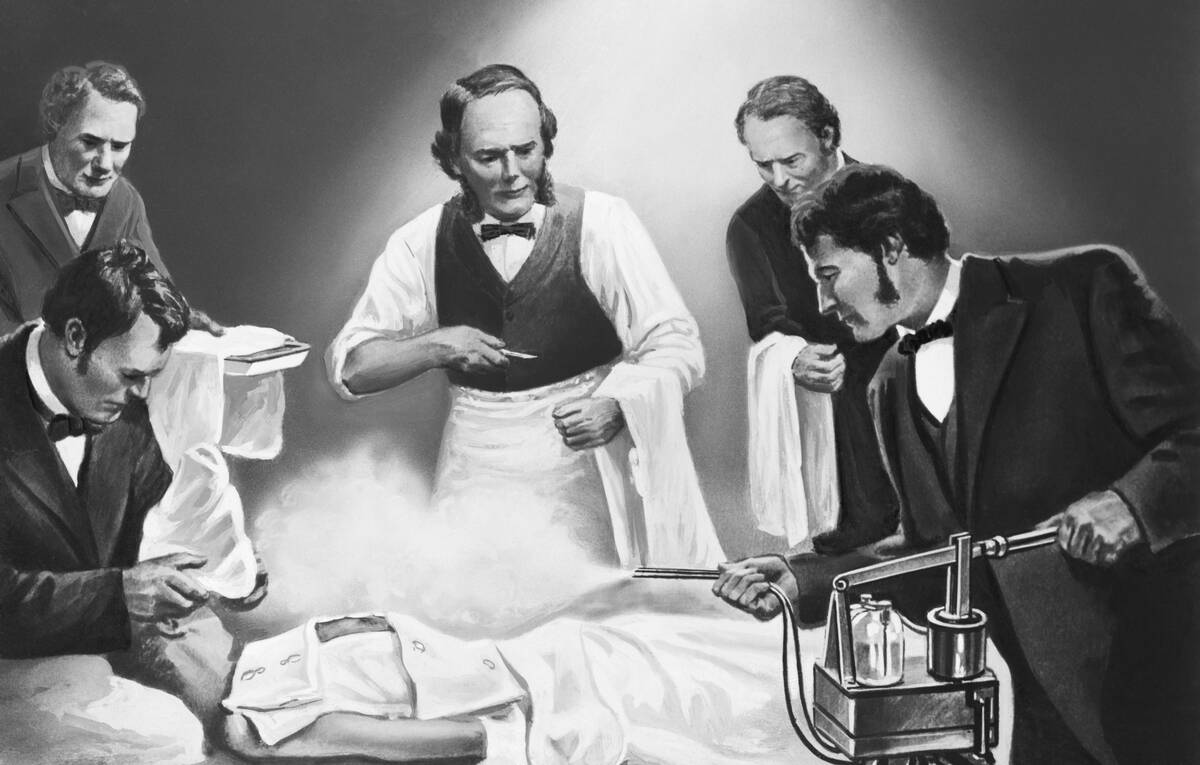
Quackery and patent medicines were rampant in the 1800s, with many unscrupulous individuals selling “miracle cures” without any scientific basis. These concoctions, often containing alcohol, opium, or other dubious ingredients, promised to cure everything from headaches to cancer.
Despite their questionable efficacy, they were immensely popular, highlighting the desperation for treatments in an era of limited medical knowledge. This phenomenon ultimately led to increased regulation and scrutiny in the pharmaceutical industry.
The Impact of War on Medical Practices
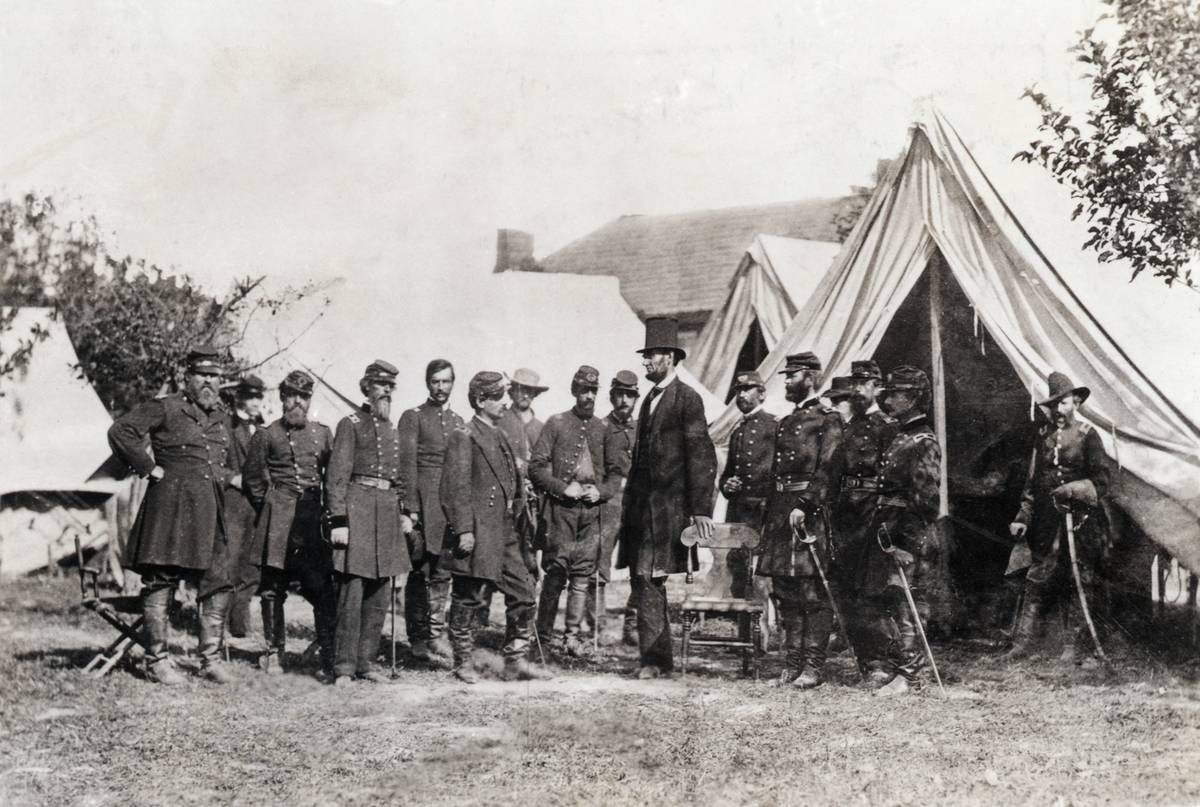
Wars in the 19th century, such as the American Civil War and the Crimean War, had a profound impact on medical practices. The need to treat large numbers of wounded soldiers spurred advancements in surgery, wound care, and the organization of field hospitals.
Innovations like the use of ambulances and the development of triage systems improved the efficiency of medical care. These experiences laid the groundwork for modern emergency medicine and highlighted the importance of organized medical response in times of crisis.
Mental Health Treatment in the 1800s
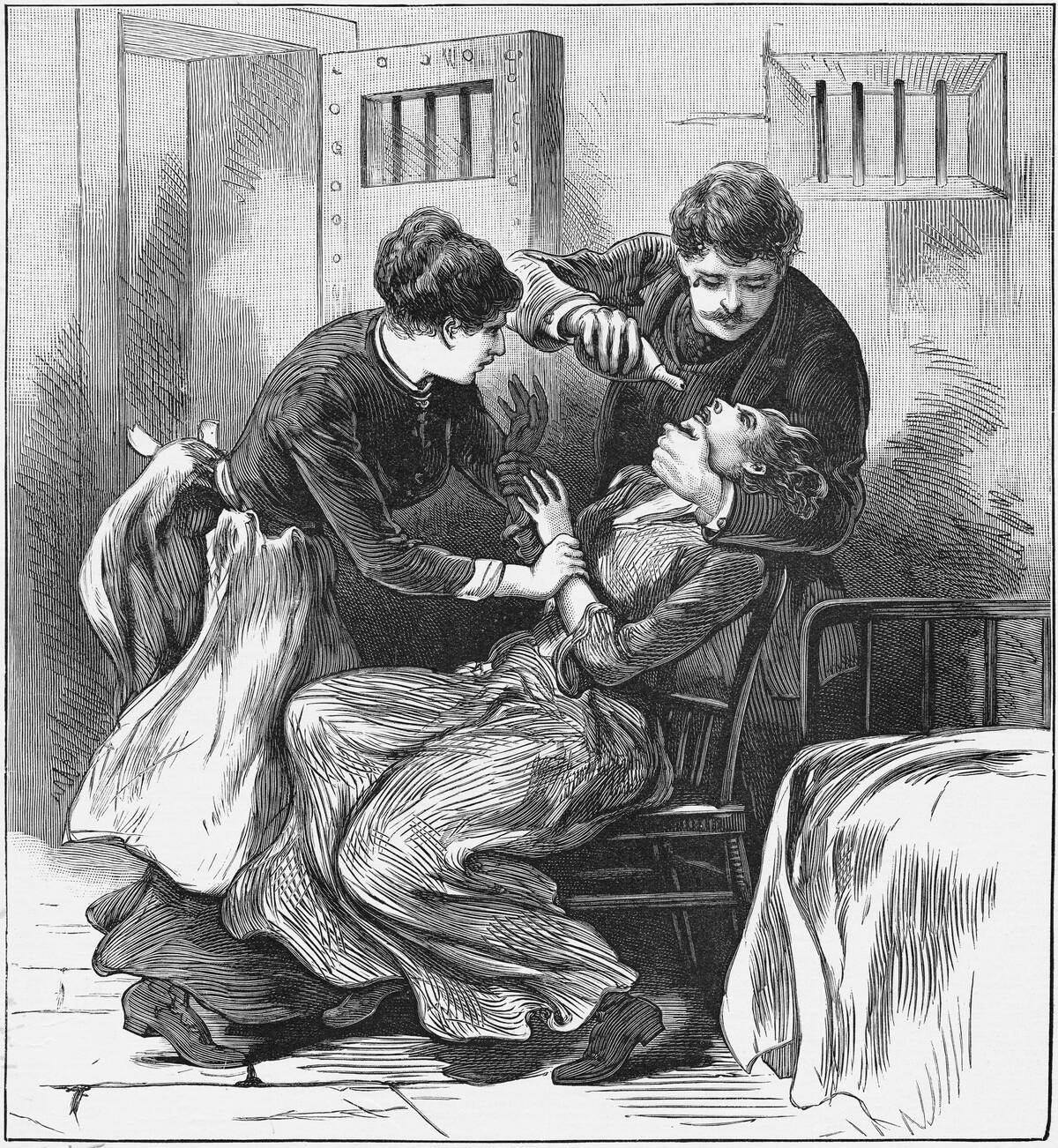
Mental health treatment in the 1800s was often harsh and rudimentary, with asylums housing patients in questionable conditions. Treatments ranged from the use of restraints to “moral therapy,” which focused on humane care and occupational activities.
The work of reformers like Dorothea Dix brought attention to the need for better conditions and care, slowly shifting perceptions and leading to improvements in mental health treatment. This period marked the beginning of a more compassionate approach to mental health care.
Patient-Doctor Relationships in a Bygone Era
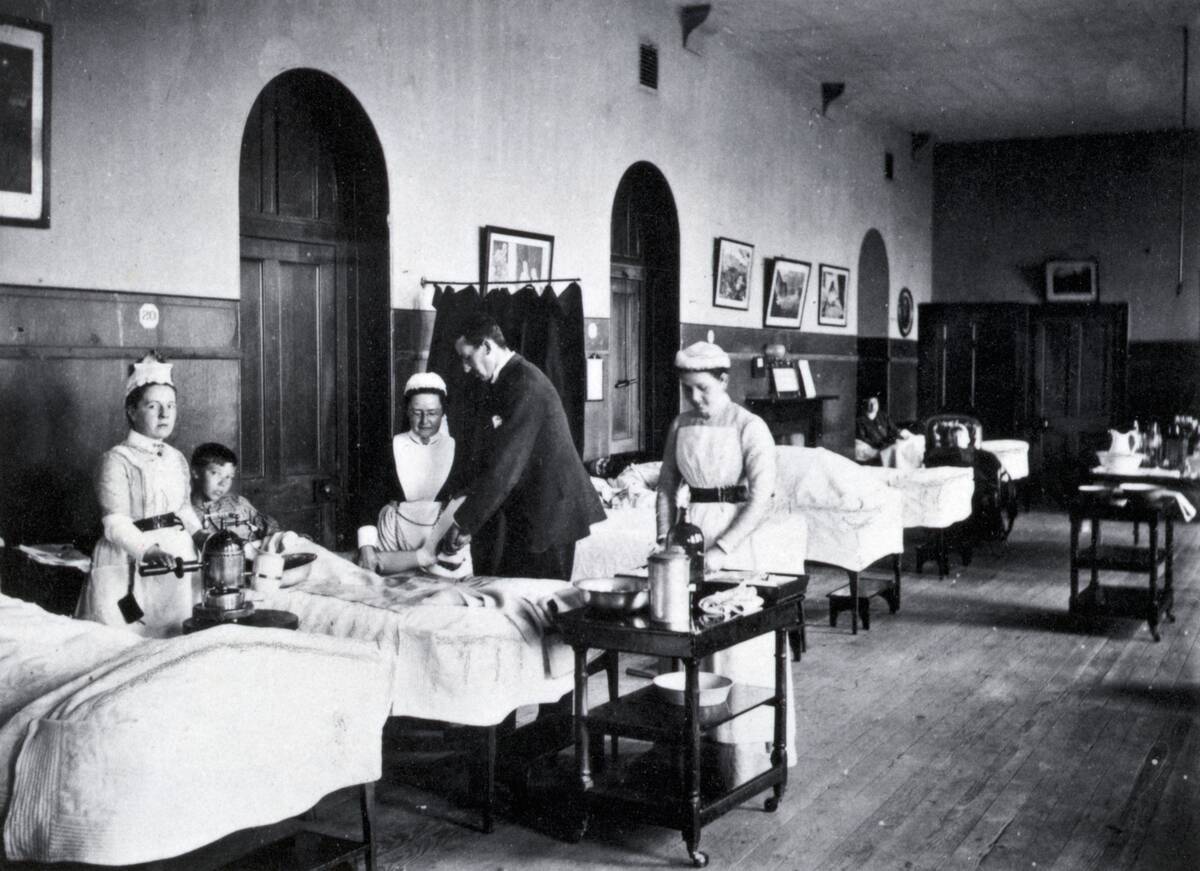
The patient-doctor relationship in the 19th century was deeply personal, often based on mutual trust and respect. With fewer patients and more frequent house calls, doctors could develop strong bonds with those they treated, gaining insights into their lives and health.
This relationship was a cornerstone of medical practice, with doctors often seen as confidants and trusted advisors. While modern medicine has become more impersonal, the essence of this connection remains a cherished aspect of healthcare.





